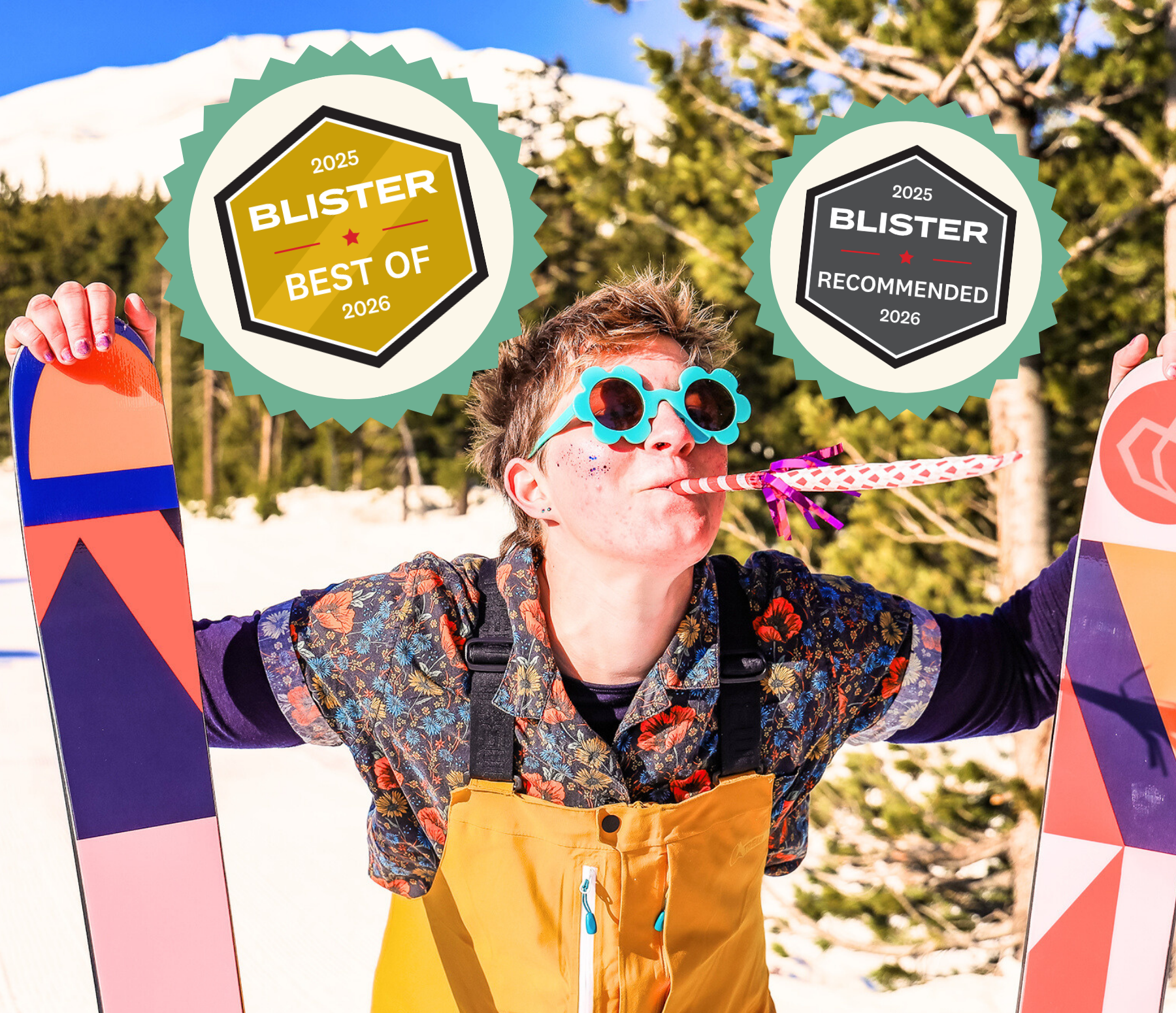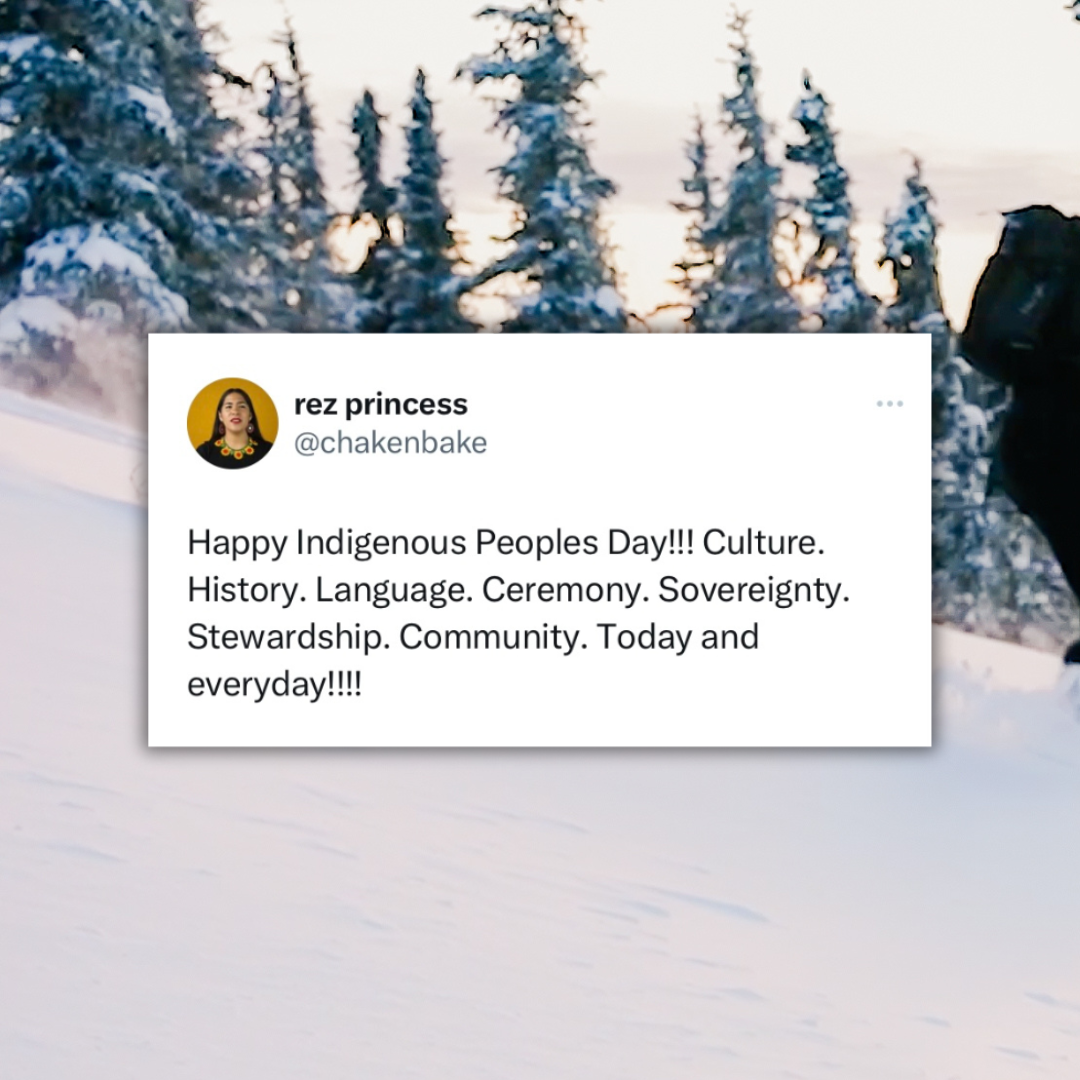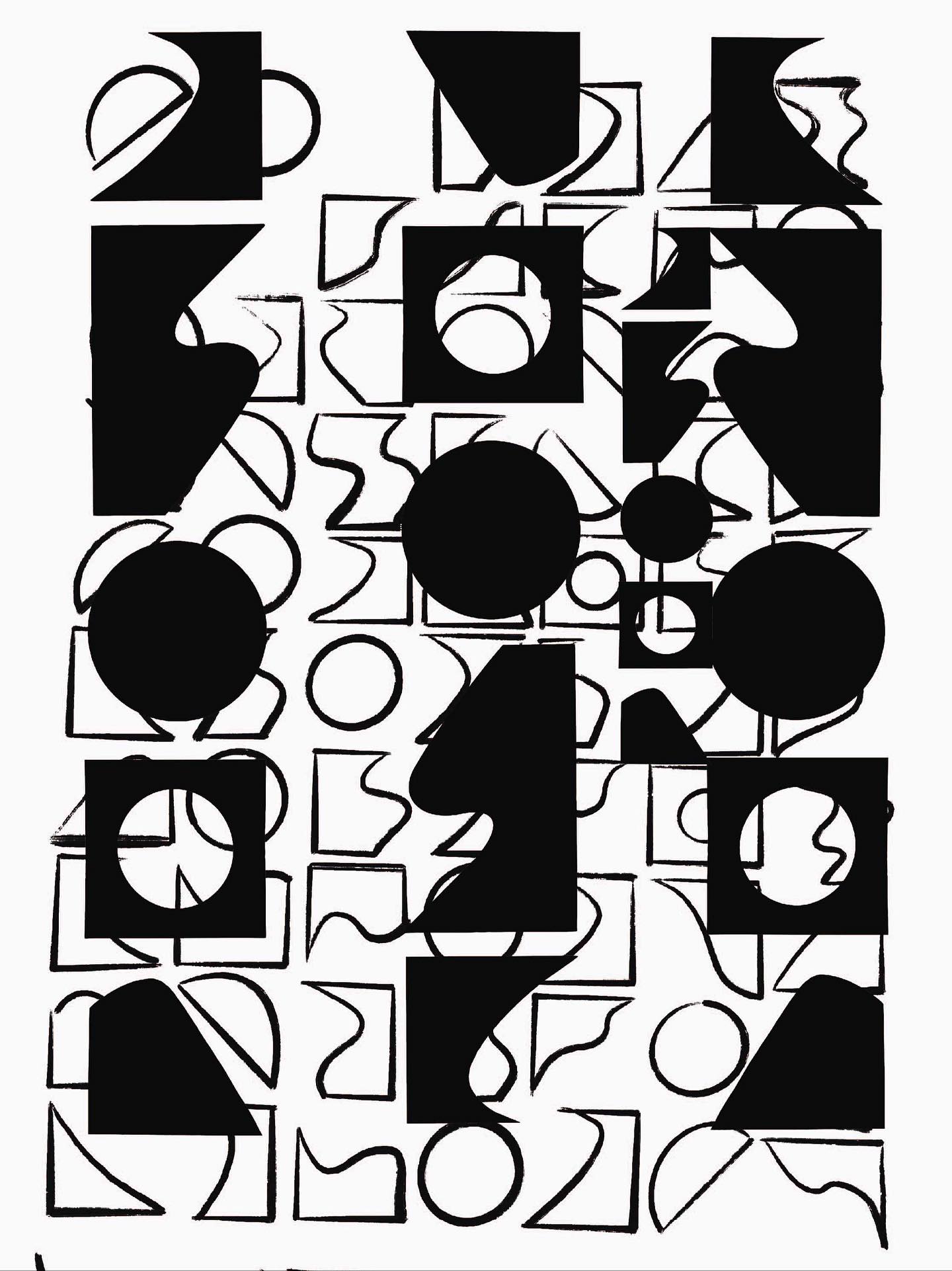Starting the winter season off with some cross-training under your belt can make those first days on the mountain so much more enjoyable. Training helps us prevent injuries, keep up with our friends, and have more fun outside. But it can be hard to know how to adequately prepare for winter sports —especially for the backcountry.
This re-cap from Backcountry Beta Session 1: Tune Your Body + Tune Your Mind by Sarah Histand of Ski Babes includes an excerpt from what we discussed. We hope you use these moves and concepts to build your mind and body strength for this winter season! Want access to the whole session? Join us in the Clubhouse and you can watch all the replays from all Backcountry Beta sessions.
Nervous System-Informed Training and Recreation
Below is a diagram of what is called the "Nervous System Wave". The diagram is similar to climbing a mountain and climbing mountains looks like: the climb, the transition, the descent and the completion or celebration. The Nervous System Wave can be approached similarly: activation, peak, deactivation, and integration. It's important to consider what parts come easy, and which are harder for yourself.
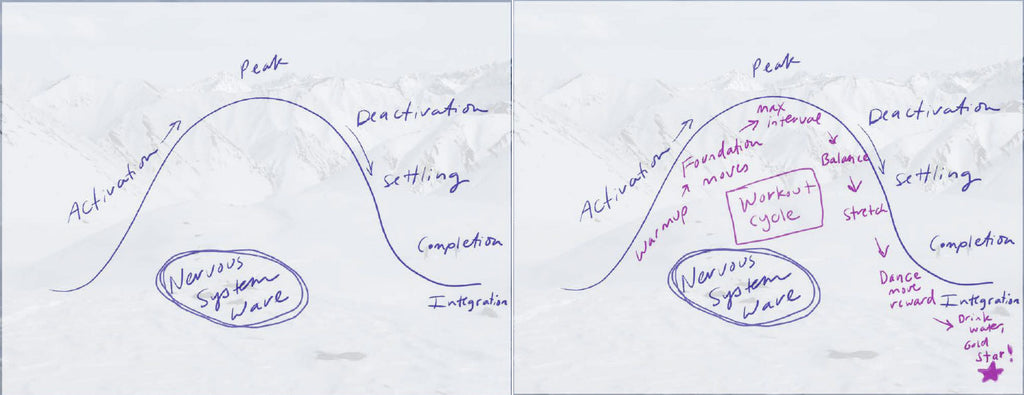
Here are some guiding concepts we should bring into our training and approach to being in the backcountry keeping the Nervous System Wave in mind:
- Slow down the "up"
- Notice how much is enough
- Less is more (titration), aka embrace modifications
- Take breaks and find your resources (pendulation)
- Allow plenty of time for the backside of the wave – deactivation, settling, completion, integration
- Get to know yourself: what does your body feel like when it is safe?
Understanding Weakest Link Syndrome
Our nervous systems evolved to match pace with others. Because of this, moving at a different pace than others can signal a red flag to your body's nervous system. Cultural conditioning and our own intersectionality can add to this. Some practices to include to help with his could look like:
- Practicing moving at your own pace in workouts
- Noticing what happens in your body when you feel behind
- Create an imaginary friend that is moving slower than you.
We need healthy aggression to help us make hard moves. Often in the nervous system, the fight response is over-coupled by flight, fawn, or freeze. There are ways to activate a this healthy "fight" instinct. Getting to know your own over-coupling can be super helpful. Practices you might incorporate could be:
- Voo tone
- Voo and growl
- Somatic Experiencing ™ (SE) sessions
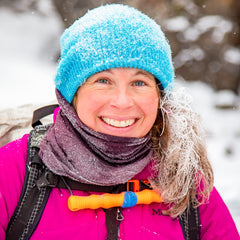
About Sarah Histand


